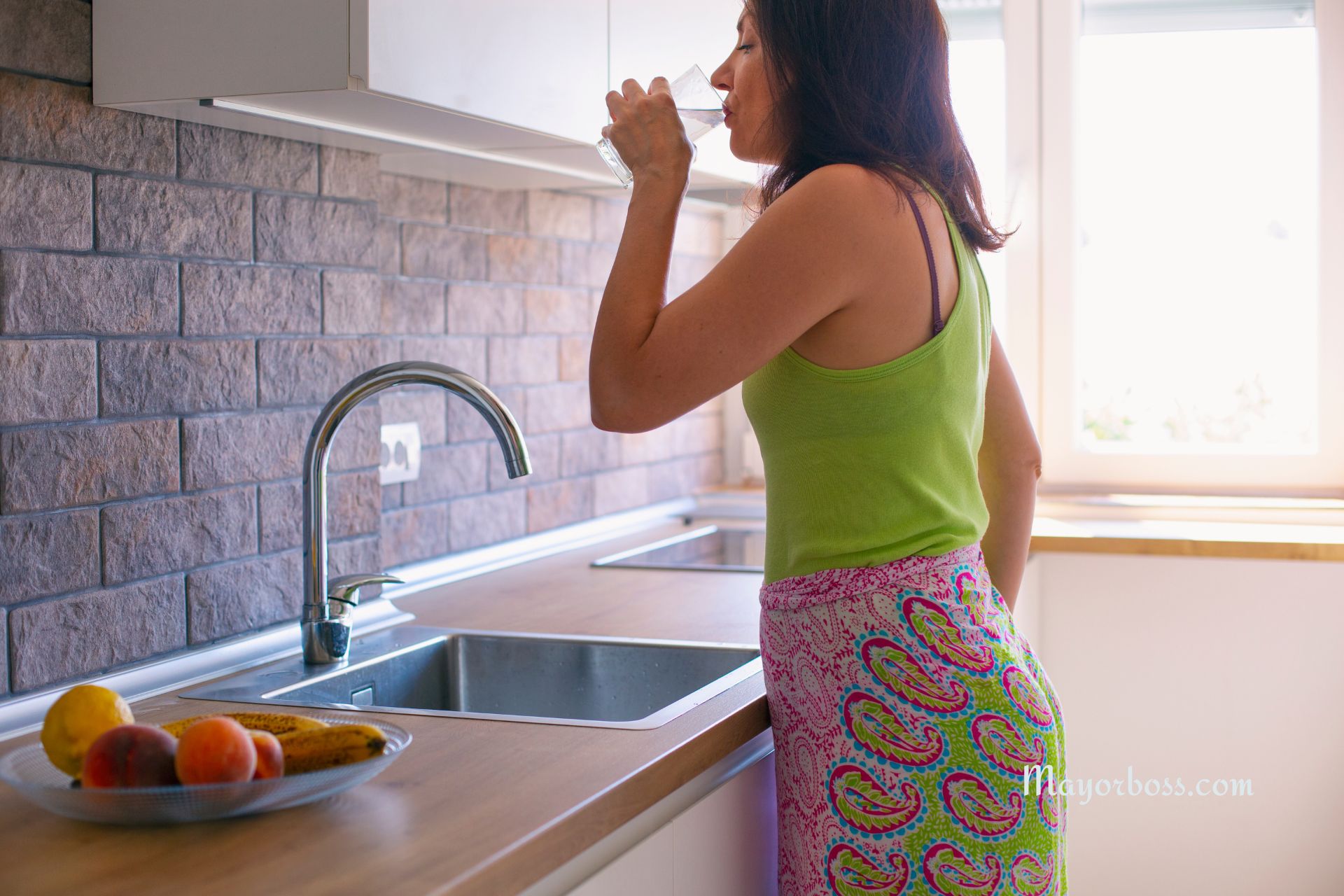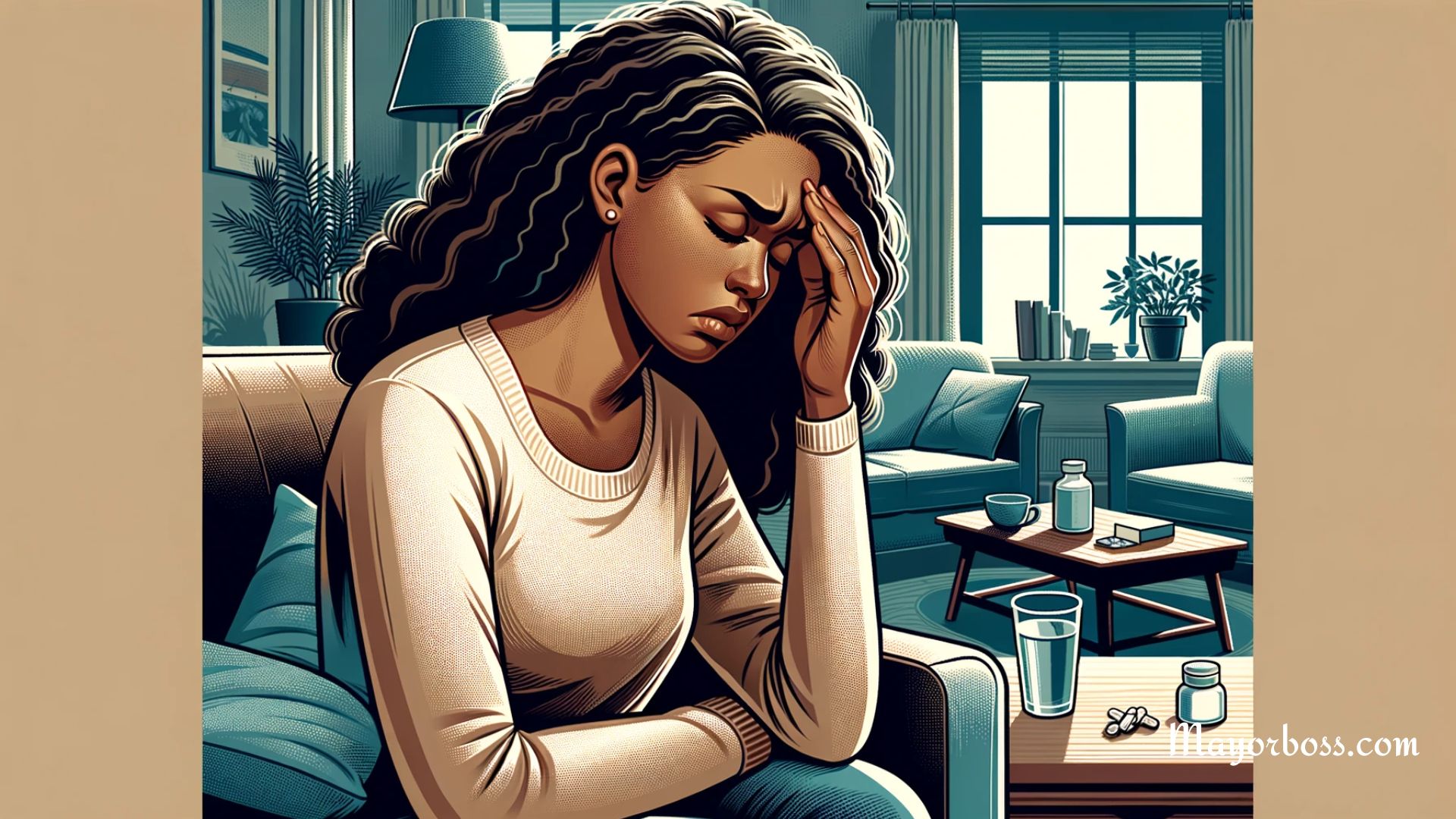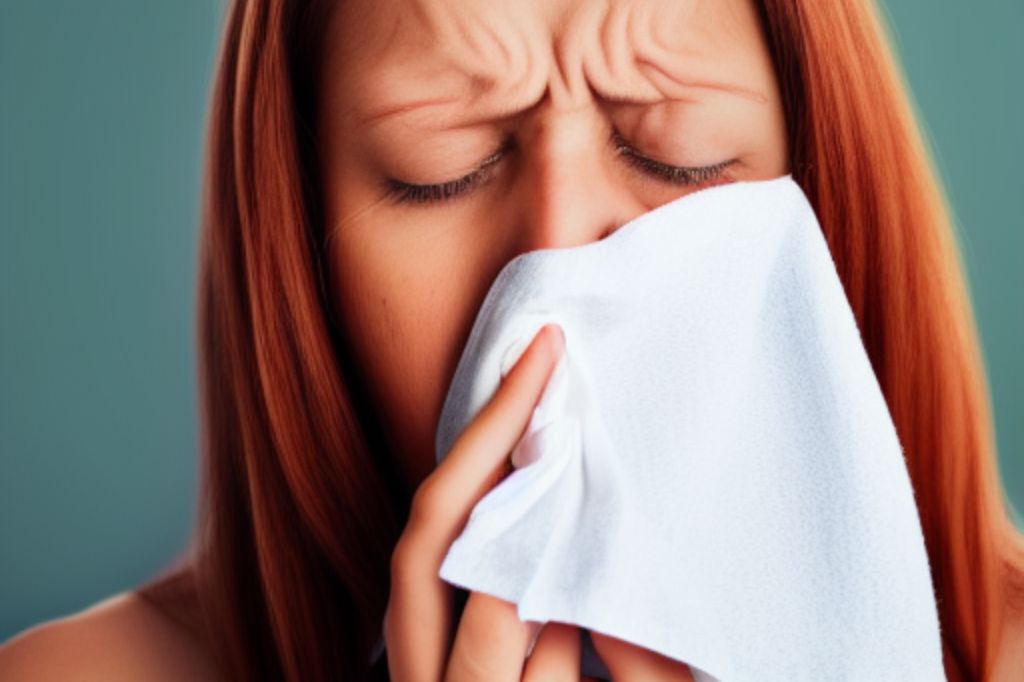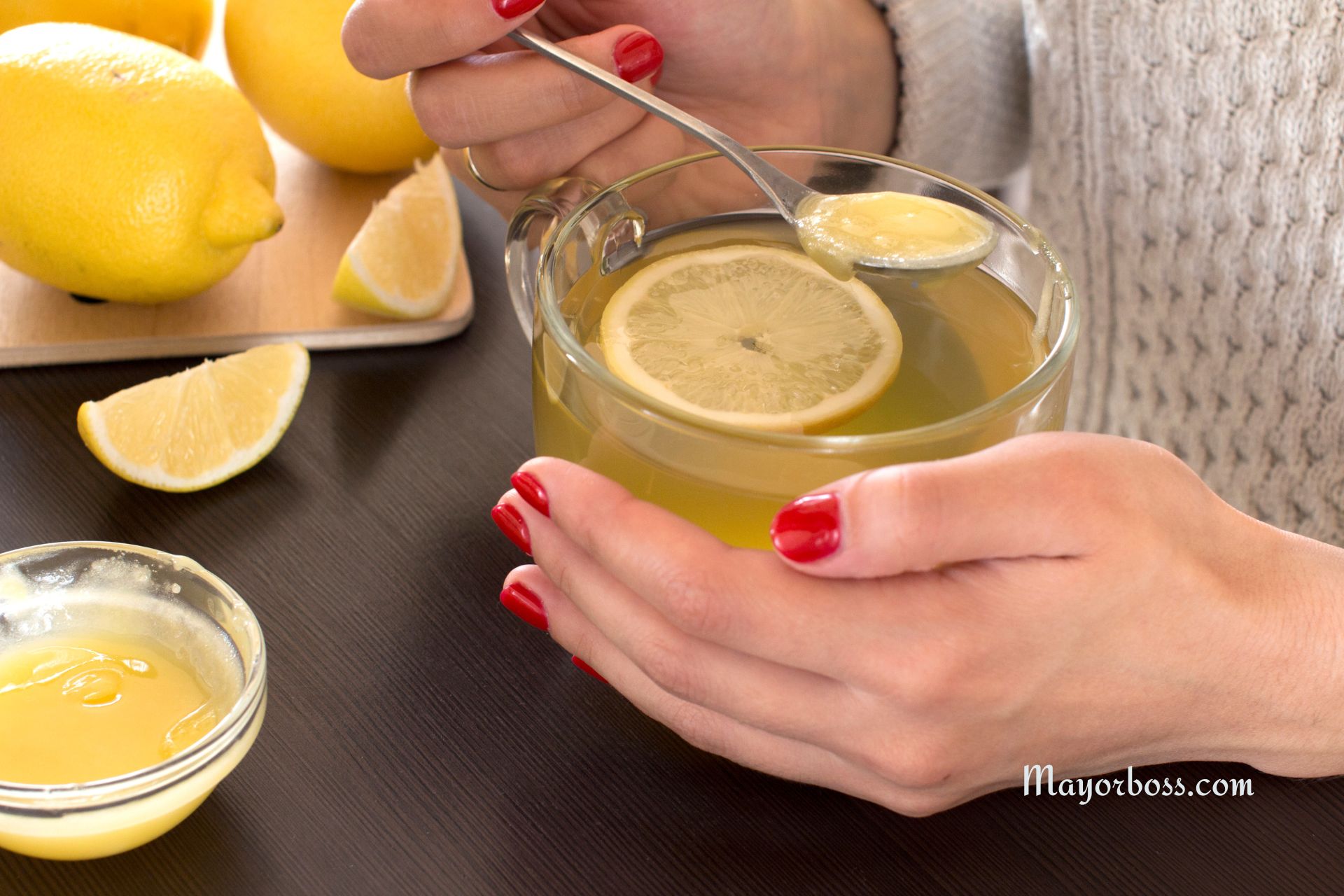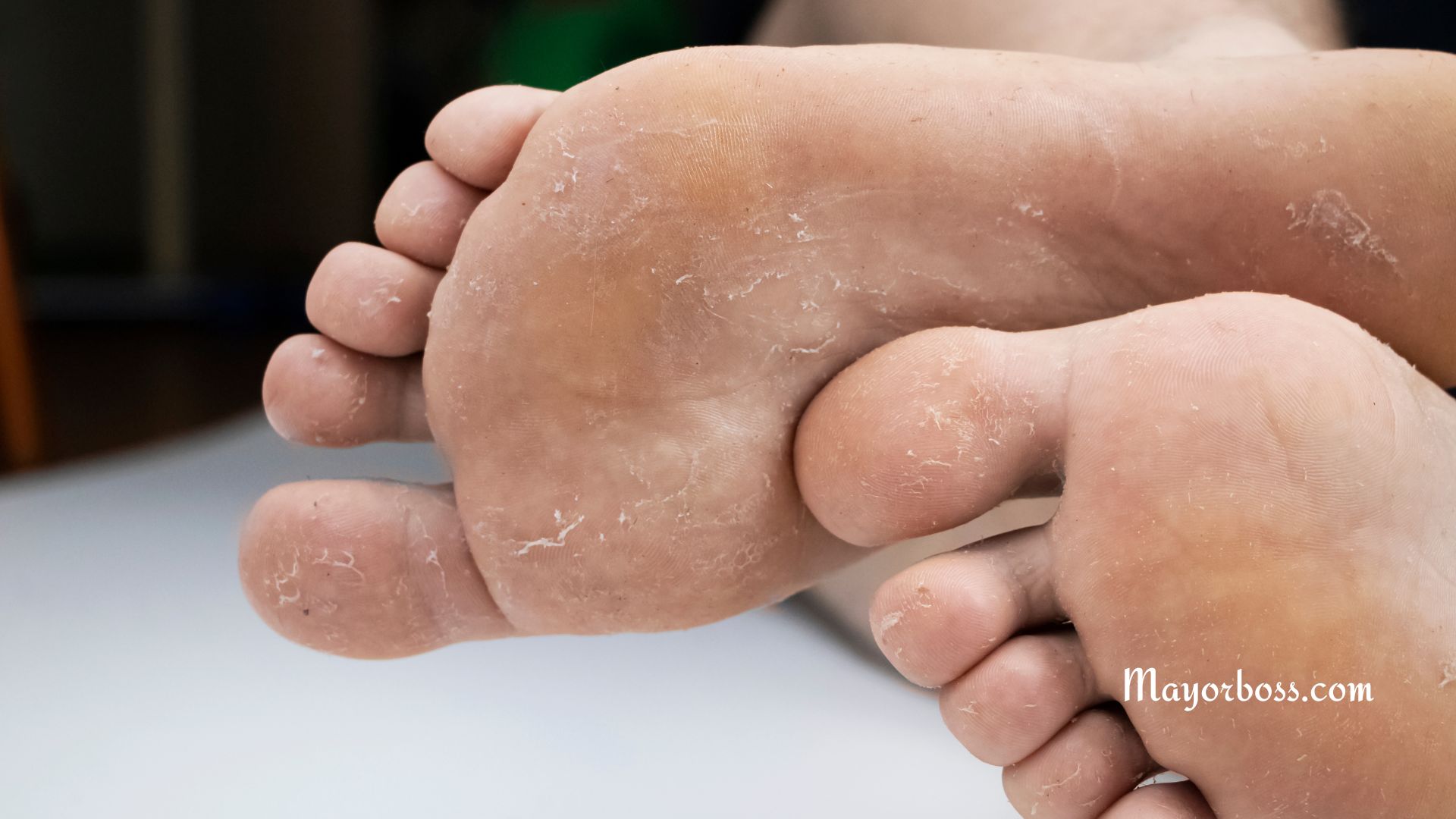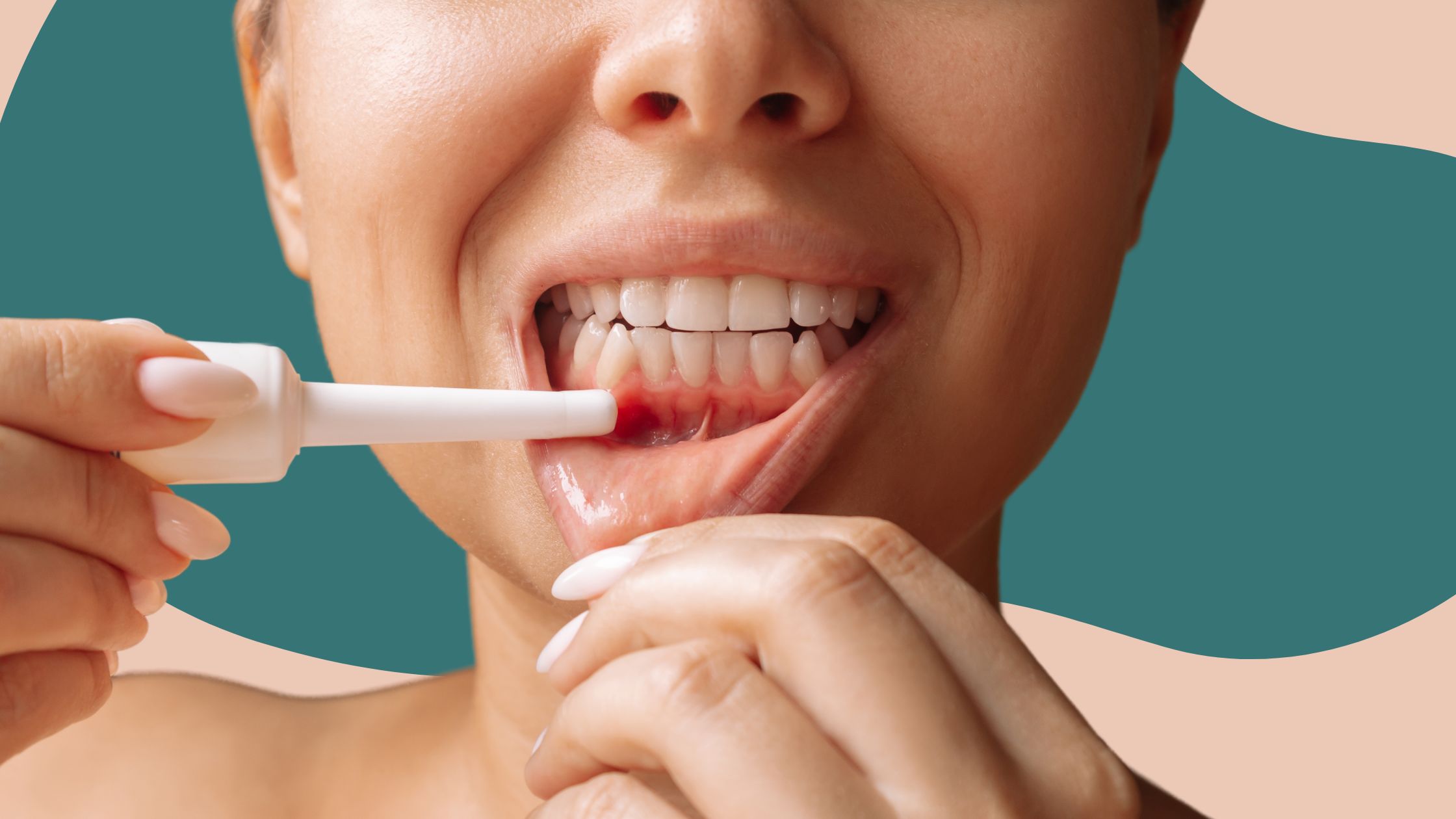12 Home Remedies For Ovarian Cysts
Ovarian cysts are fluid-filled sacs or pockets in the ovary or on its surface. They are common and usually form during the childbearing years. Most ovarian cysts present little or no symptoms and are harmless. However, some ovarian cysts can cause pelvic pain, swollen tummy, irregular periods, or other problems. But the question is how to get rid of ovarian cysts naturally. Keep reading to find out.
How to get rid of ovarian cysts naturally?
The following home remedies may help reduce the symptoms of ovarian cysts and speed up healing:
1. Over-the-counter (OTC) pain relievers
Pain relievers like acetaminophen (Tylenol) or ibuprofen (Advil) can help treat ovarian cyst pain.
2. Heat therapy
Using a heating pad or a hot water bottle on your lower abdomen can help soothe ovarian cyst pain. The warmth can help relax the muscles in your pelvic region. It can also improve blood flow, which can decrease inflammation and pain.
3. Castor oil pack
A castor oil pack is another effective home remedy for ovarian cysts. Castor oil has anti-inflammatory and antibacterial properties that can help to reduce swelling and pain associated with ovarian cysts. To use a castor oil pack:
- Soak a clean cloth in castor oil and apply it to the lower abdomen.
- Place a hot water bottle over the cloth and let it sit for 30-60 minutes.
- Repeat this once or twice per day until the symptoms subside.
4. Soak in an Epsom salt bath
Epsom salt is a type of magnesium sulfate that’s often used as a natural remedy for pain and inflammation. When absorbed through the skin, Epsom salt can aid discomfort associated with ovarian cysts by relaxing the muscles and reducing swelling. Add two cups of Epsom salt to a bathtub filled with warm water and soak for 20 minutes three times per week until symptoms improve
5. Massage
Ovarian cysts can cause a lot of pain in your lower abdomen. Therefore to get some relief, you can try massaging the area. This will help to improve blood circulation and reduce inflammation.
6. Chamomile tea
Chamomile contains compounds that have anti-inflammatory and analgesic properties, which can help with ovarian cyst pain. Experts often recommend drinking chamomile tea three times per day.
7. Ginger tea
Doctors often recommend ginger as a natural remedy for a variety of ailments, including nausea and stomach upset. Ginger also has anti-inflammatory properties, which makes it an effective natural remedy for ovarian cysts. To make ginger tea, simply steep freshly grated ginger in hot water for 10 minutes and then strain it before drinking.
LEARN MORE: Benefits Of Ginger Tea
8. Green tea
Green tea can actually do wonders for ovarian cysts. It is loaded with antioxidants which can help in shrinking the cysts. Drink at least 2-3 cups of green tea every day. You can also apply green tea bags to the area for a few minutes to get relief from the pain.
9. Eat magnesium-rich foods
Magnesium-rich foods such as dark leafy greens, pumpkin seeds, almonds, cashew nuts, bananas, beans, etc., are all rich in anti-inflammatory properties that can help to reduce the symptoms of ovarian cysts.
10. Dong quai
This Chinese herb has been used for centuries to treat a variety of gynecological conditions, including ovarian cysts. It is thought to balance hormones and improve circulation. You can take dong quai in capsule form or make tea using the dried root.
11. Chasteberry
Chasteberry is an effective herbal remedy for ovarian cysts. It helps to regulate the hormone levels in the body, which reduces the size of the cysts and prevents their formation.
12. Red clover
Historically, red clover is an herbal remedy that has been traditionally used to treat several female disorders, including ovarian cysts. It is a good source of phytoestrogens, which can help regulate hormone levels in the body and reduce the size of ovarian cysts. You can take red clover as a tea or supplement.
Eating healthy is key when it comes to fighting off ovarian cysts – try going vegetarian or adding more fruits & veggies into your meals.
Dr. Natalia Hapych, MD

